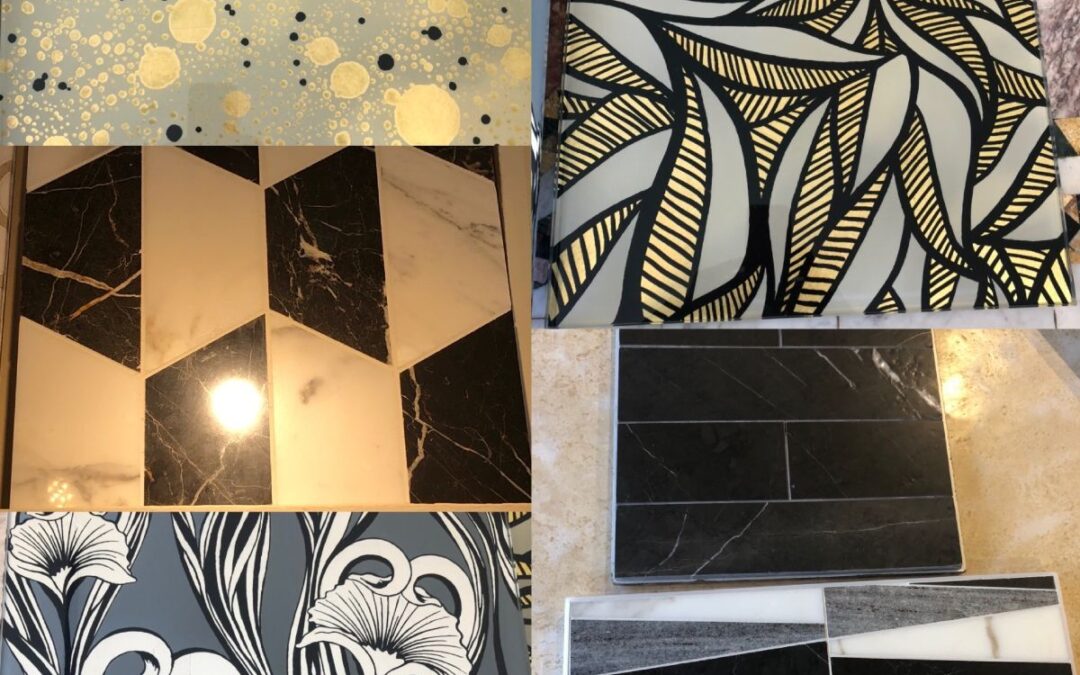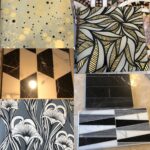The Focal Point of Your Kitchen and Bath
She entered her friend’s new home tentatively. It had been built in the 1960s — which tipped her off to the potential for cringe-worthy color palettes, outdated square tiles, and hideous wallpaper.
She entered the kitchen and gasped…
The floor, backsplash, and entire wall behind the range had been tiled in three of the most beautiful, complimentary patterns she’d seen in years.
The kitchen could have looked dated and stale, but it was made current with carefully curated colors and patterns. While the cabinets and appliances had also been replaced, she barely noticed them. The tilework was pure art.
Whether you are remodeling or building new, you have the opportunity to create an artistic focal point in each room. Many interior designers, including myself, often employ tile as a main player. It effortlessly adds texture and personality while remaining entirely functional.
If you want to enlarge a space, using one main tile and one accent can help it feel spacious. If you’d rather create definition between spaces or design elements (the wall vs. the floor, for example) intermingling two or three tile patterns is a good strategy.
However, picking patterns that play well together can be tricky. Since tile isn’t easily redone if you end up disliking your choices, we recommend working with a designer for this.
To help you navigate the vibrant world of tile, here are the top types of tile and their best uses in the home:
- Ceramic
Clay, a sister to the porcelain tile, good for high-traffic areas - Travertine
Limestone, naturally slip-resistant, good for walkways - Marble
Natural stone, stains easily, best for gently used walls or counter tops
- Granite
- Natural stone, withstands scratches and heat, good for kitchens
- Mosaic
- Stone, glass or ceramic; best used as a wall accent
- Quartzite
- Quartz crystals, best for kitchens or high-end pool surrounds/walkways









